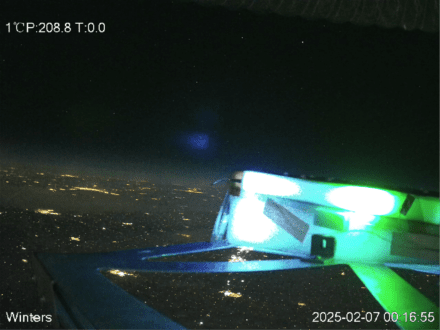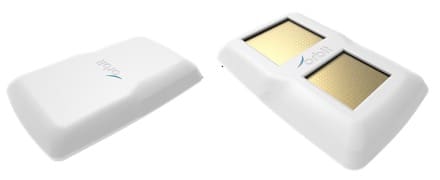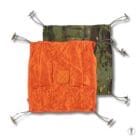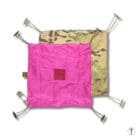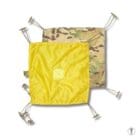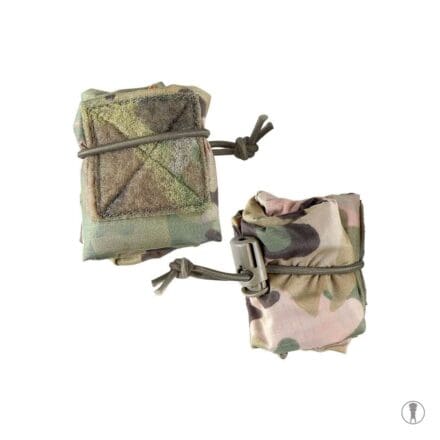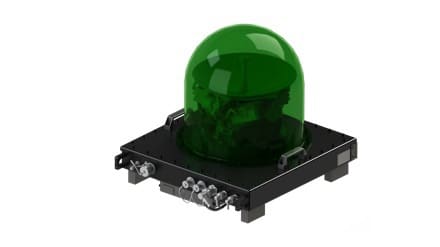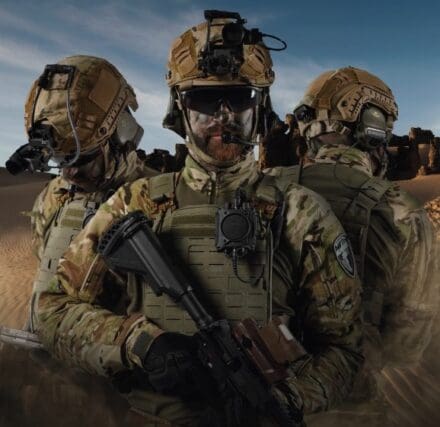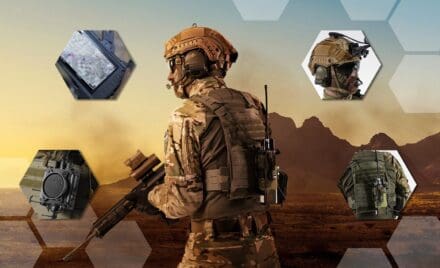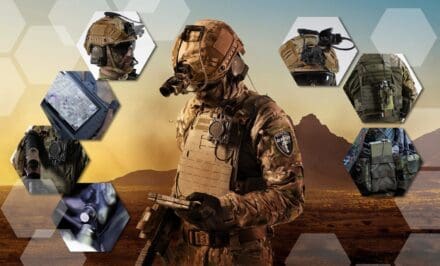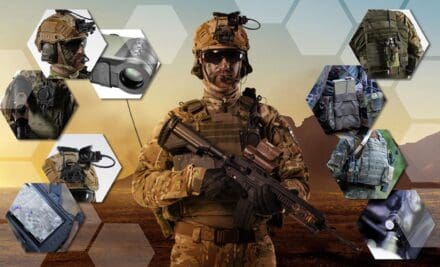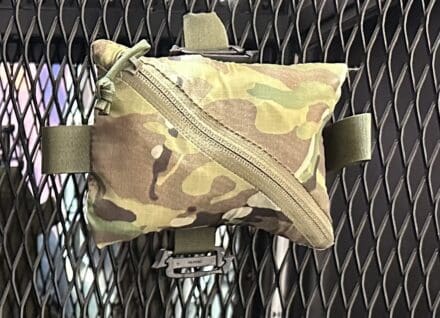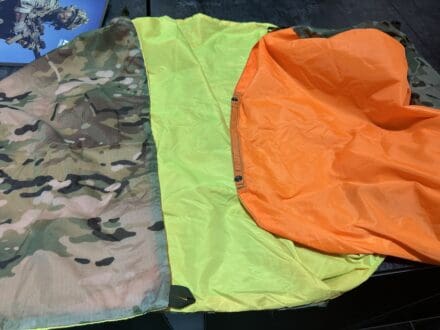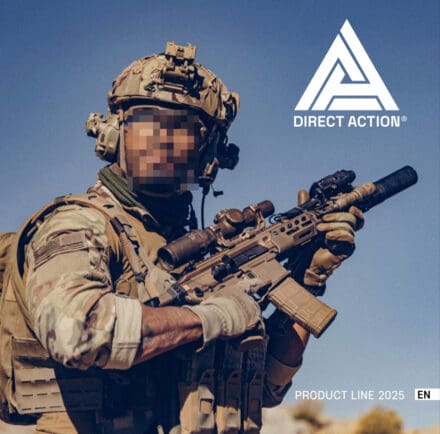Following Rigorous Real-World Validation, MAN-PC is Now Available at 50% Off for a Limited Time
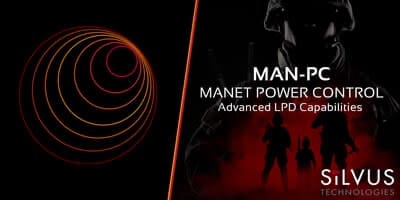
Los Angeles, California (February 27, 2025) – Silvus Technologies, Inc. (“Silvus”), a global leader in advanced wireless networking systems, today launched MAN-PC (MANET Power Control), a battle-tested solution proven by U.S. military users to minimize RF detection while maintaining robust network connectivity. To mark the official launch and its proven effectiveness, Silvus is offering a limited time 50% off discount on MAN-PC software licenses for qualified customers.
A core Low Probability of Detection (LPD) feature within Silvus’ Spectrum Dominance suite of LPI/LPD, and Anti-Jamming (AJ) capabilities, MAN-PC dynamically adjusts the transmit power of StreamCaster® MANET radios, ensuring reliable mesh network connectivity while significantly reducing RF emissions. This minimizes the probability of detection, allowing operators to maneuver closer to adversaries before being detected.
Validated LPD Performance in Real-World Operations
Tested and validated by U.S. military users, MAN-PC has demonstrated its effectiveness in reducing RF detectability while ensuring seamless MANET connectivity in real-world operations.
MAN-PC Key Capabilities:
• Dynamic Power Control: Automatically throttles transmit power to the minimum amount necessary to maintain network connectivity.
• Seamless Scalability: Configurable across every node within a mesh network to minimize their RF signature.
• Compatibility: Seamlessly integrates with other Spectrum Dominance capabilities, including MAN-IA (MANET Interference Avoidance) and MAN-IC (MANET Interference Cancellation).
Spectrum Dominance: Secure & Protected Communications in Contested Environments
As a software licensable extension of Silvus’ proprietary MN-MIMO waveform, Spectrum Dominance is an expansive suite of LPI/LPD and AJ resiliency capabilities that enable secure and protected mesh network communications without sacrificing performance. Together, they enable StreamCaster MANET radios to thrive in congested and contested electronic warfare (EW) environments, empowering operators to achieve their mission objectives even under electronic attack.
Spectrum Dominance takes a layered approach to LPI/LPD concealment and defense, with every radio in the Silvus MN-MIMO waveform powered mesh network performing real-time spectrum analysis and interference monitoring.
Upon detection of interference, Spectrum Dominance employs multiple AJ resiliency techniques to mitigate electronic attacks. By accessing Spectrum Dominance’s full suite of capabilities, the warfighter now has a range of options available to counter adversarial threats. Silvus is the only tactical MANET provider that delivers Spectrum Dominance LPI/LPD and AJ capabilities without sacrificing range, throughput, or robustness.
Spectrum Dominance – Core Feature Set:
• MAN-PC (MANET Power Control):Nodes dynamically adjusts the transmit power of StreamCaster MANET radios to minimize RF emissions while maintaining network connectivity.
• MAN-PW (MANET Protected Waveform): When MAN-PW is enabled, the MN-MIMO waveform is hardened for increased resiliency.
• MAN-IC (MANET Interference Cancellation): StreamCaster MANET radios continuously monitor for interference, using advanced spatial signal processing techniques to nullify the offending interfering signal.
• MAN-IA (MANET Interference Avoidance): StreamCaster MANET radios sense the RF spectrum for interference across multiple user-defined channels, moving the entire network to the cleanest frequency when interference is detected.
“Spectrum Dominance empowers the warfighter to achieve decision dominance and RF spectrum overmatch against any adversary,” said Jimi Henderson, Vice President of Sales for Silvus. “With MAN-PC, operators now have the ability to conceal or reduce their radio’s RF signature from adversarial detection, while maintaining reliable network connectivity in dynamically changing and contested environments.”
Limited-Time Offer: Get MAN-PC at 50% Off
Available as a licensable software extension of Silvus’ proprietary MN-MIMO waveform, MAN-PC is now available at 50% off for a limited time to qualified Silvus customers. MAN-PC is fully compatible with Silvus’ StreamCaster family of MANET radios, including the SC4400, SC4200, SL4200, and the recently announced SL5200 (OEM Radio Module).
Learn more about Spectrum Dominance expansive suite of LPI/LPD and AJ resiliency capabilities, and StreamCaster MANET radios. Stay connected with Silvus on LinkedIn.



